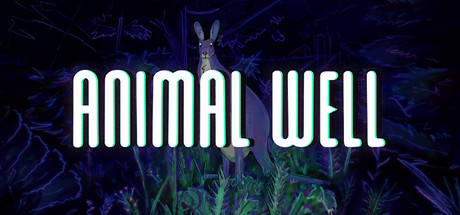I don’t actually play a lot of mobile games any more. There are various reasons for this, but the primary one is that regardless of the mechanics or aesthetics, pretty much 90% of mobile games are covered in metaphorical parasites.
Yes, I am including FGO, Wuthering Waves, and Star Rail in this. Yes, I did add this line just to hurt you.
These are games that might as well be using game design’s dark patterns as a checklist. They are horse armor’s final form. If this was a JRPG, they’d be called something like Greed Beyond Measure, a cosmic incarnation of avarice, entreating the player to just spend that first 99 cents.
Of course, we don’t live in that world. Horse armor never became a villain that we could defeat with the power of friendship, and spamming healing items. It turned into Squad Busters.
Gameplay
Squad Busters is a multiplayer top-down arena sort of thing, in a genre I haven’t actually seen done before outside of some mobile game ads. It’s a fascinating little thing, with crisp, clean rounds, and interesting amount of depth.
Which is why it’s kinda a bummer that it’s also the jaws of Mammon given digital form. Sometimes it’s debatable on whether a F2P game is truly pay to win. Squad Busters, however, has a button where you buy the in-game currency directly next to the button to purchase the one-time use super units.
Thank you, Squad Busters, for alleviating any possible internal doubt I had.
Squad Busters rounds are played over about 5 minutes, and work as follows. You’re given a choice of 1 of 3 units to start with in your squad. You move your squad with pretty standard touch controls, and whenever you’re not moving, your units attack, or cut down trees, or harvest carrots, or whatever else their specialty is. You do these things to get gold and gems.
Gold can be spent on spawning treasure chests to add extra units to your squad. The larger the squad, the more gold chests cost. However, if you collect 3 of a unit, they fuse into a more powerful version, bringing the net size down, and making chests cheaper again.
The end result is a fun bit of tension, scampering around the map, trying to look for areas to farm, and chests to crack for more units, all while building up the best squad you can. The structure of the game is such that over the duration of the game, the edge of the map does the battle royale thing, and closes in slowly, eventually forcing players into confrontation in the more dangerous center. Directly in said center sits the gem mine, a final objective to be pursued.
Outside of this of course, sits the rest of the “game.” I’m not going to dignify it with a description. It doesn’t deserve one. Instead, let’s talk about gambling.
If You Or A Loved One
I have never been to Las Vegas, but there is tiny little casino surprisingly close to where I live. I’ve stopped by a few times to people watch. It is a fascinatingly alien space. Across four rows of slot machines, older men and women sit in mostly stoic silence, save for some small electronic sounds.
From what I understand, each spin costs about half a dollar, and takes about 5-10 seconds to resolve, meaning sitting at this unhallowed ground could run you between $200 – $400 dollars an hour.
Ed Note: I was going to make a point about how it’s statistically less than that, given that RTP (return to player) numbers are generally around 70-80%, but I can’t actually find those numbers for New Hampshire, even after calling up the state gambling commission. Now I’m looking to try to find out if I need to file a Freedom of Information Act request, and to make a long story short, I got real side tracked.
In that sense, then, perhaps Squad Busters is an improvement. It offers no delusions of fortune, or dreams of financial freedom. It’s just as mercenary as the one armed bandit, but it does so with the directness of a pirate rather then a privateer. Still, I cannot imagine the choice of flag would do much for my experience of walking the plank.
I cannot recommend Squad Busters.









